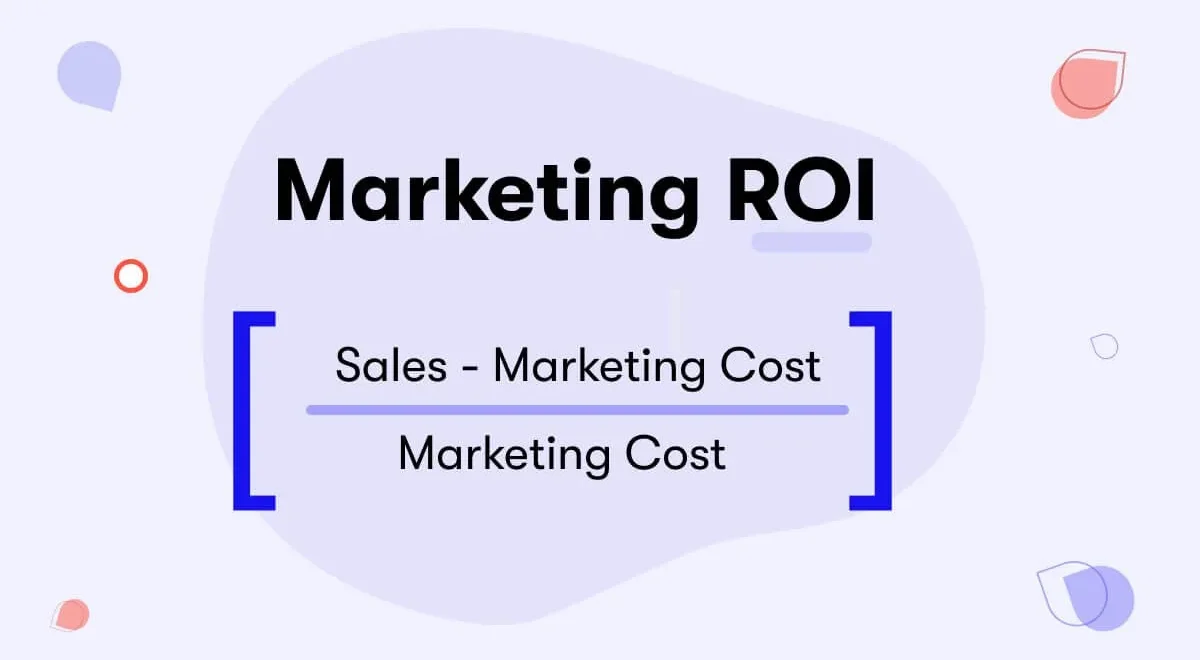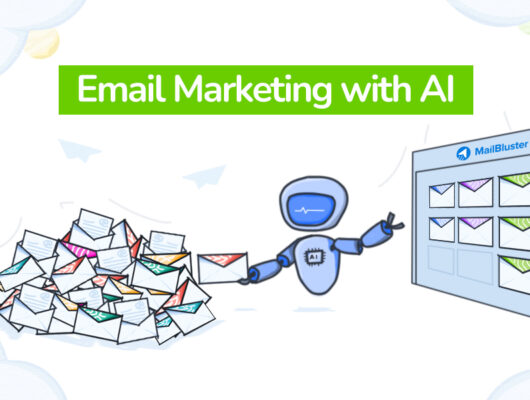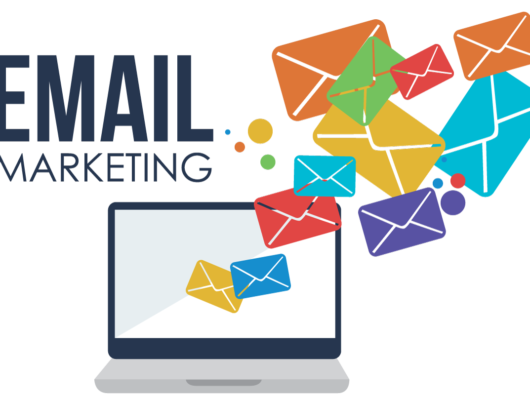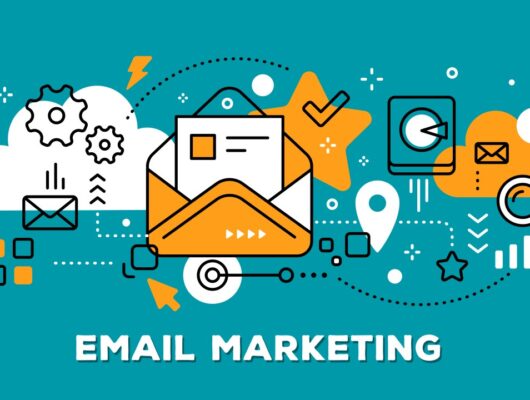Email marketing is one of the most cost-effective digital marketing channels, but like any investment, it’s important to measure its return on investment (ROI).
Whether you’re running promotional campaigns, nurturing leads, or sending transactional messages, understanding how to track and calculate ROI ensures that your efforts are yielding results.
In this article, we will guide you through the steps to effectively measure your email marketing ROI and provide actionable tips for optimizing your campaigns.
1. What is Email Marketing ROI?
ROI is a key performance indicator (KPI) that measures the profitability of your email marketing efforts. It allows you to understand whether the money, time, and resources you’ve invested in email campaigns are delivering the desired results.
In simple terms, Email Marketing ROI refers to the revenue generated from an email campaign relative to its costs. A positive ROI means you are earning more than what you’re spending, while a negative ROI suggests your campaign is underperforming and may need adjustments.
2. Why Measuring Email Marketing ROI Matters
Effective ROI measurement helps you:
- Justify Your Budget: Demonstrating the profitability of email marketing can help secure continued or increased investment.
- Optimize Campaigns: Identifying which strategies work best allows you to refine future campaigns and avoid wasting resources on ineffective tactics.
- Improve Targeting and Segmentation: By analyzing which segments of your audience are driving revenue, you can fine-tune your targeting and segmentation strategies.
- Maximize Profits: Understanding which campaigns bring the highest returns allows you to double down on successful strategies.
3. How to Calculate Email Marketing ROI
The basic formula for calculating email marketing ROI is:
ROI=Revenue Generated−Cost of the CampaignCost of the Campaign×100\text{ROI} = \frac{{\text{Revenue Generated} – \text{Cost of the Campaign}}}{{\text{Cost of the Campaign}}} \times 100
- Revenue Generated: This is the total amount of income attributed to the email campaign. This could include direct sales from promotional emails or estimated revenue from leads generated through email marketing.
- Cost of the Campaign: This includes all costs associated with creating, sending, and analyzing the email campaign. Costs might include:
- Email platform subscriptions
- Content creation (design, copywriting)
- List management
- A/B testing expenses
- Employee salaries for campaign management
- Design and development resources (for templates, landing pages, etc.)
4. Understanding Email Marketing Metrics for ROI
Before you can calculate ROI, it’s important to track several key metrics that directly impact your return. These metrics will help you assess the effectiveness of your email campaigns and provide insight into areas for improvement.
- Open Rate: The percentage of recipients who open your email. While it doesn’t directly impact ROI, a higher open rate can lead to more clicks and conversions, ultimately improving ROI.
- Click-Through Rate (CTR): The percentage of recipients who click on a link within your email. A higher CTR typically indicates that your email content is relevant and engaging, which can boost conversion rates and ROI.
- Conversion Rate: This is one of the most critical metrics for ROI measurement. It shows the percentage of people who take the desired action after clicking on your email (e.g., making a purchase, signing up for a webinar). High conversion rates directly increase the revenue generated by your email campaign.
- Average Order Value (AOV): If your email campaign is driving sales, knowing the average amount spent per customer (AOV) helps you calculate how much revenue is generated per email sent.
- Customer Lifetime Value (CLTV): Understanding the long-term value of customers acquired via email marketing can show the true profitability of your efforts. Email marketing often nurtures long-term relationships, so it’s important to consider CLTV when calculating ROI.
5. Attributing Revenue to Email Marketing
Attributing revenue to email marketing can be tricky, especially if your campaigns don’t directly result in immediate purchases. It’s important to consider different attribution models:
- Direct Attribution: This is the simplest model, where you directly attribute the revenue generated to the email campaign that led to the purchase. This model works well for e-commerce and direct-response emails.
- Last-Click Attribution: This model attributes all revenue from a sale to the last marketing touchpoint (e.g., the email). This is useful for measuring the final influence of your email, but it doesn’t take into account other channels that may have contributed to the conversion.
- First-Click Attribution: Here, the revenue is attributed to the first email interaction. This model is useful if your goal is to track how effective your emails are at generating initial interest.
- Multi-Touch Attribution: A more sophisticated approach that assigns credit to all touchpoints along the customer journey. This model provides a more comprehensive view of the impact of your email campaigns, especially when combined with other marketing channels.
6. Factors That Impact Email Marketing ROI
Several factors can influence the ROI of your email marketing campaigns. Understanding these elements can help you optimize your strategy:
- Email List Quality: A high-quality email list—one that is well-segmented and regularly cleaned—will yield higher open rates, click-through rates, and conversions. A targeted list reduces the chances of sending irrelevant content, which can lead to unsubscribes and low engagement.
- Email Content: Engaging and relevant content is crucial. Strong subject lines, compelling CTAs, personalized content, and clear design all play a role in driving higher ROI.
- Email Design and Usability: Emails that are easy to read and navigate, especially on mobile devices, have higher engagement. A clean, responsive design ensures users can interact with your emails and complete desired actions with ease.
- Timing and Frequency: Sending emails at the right time can have a significant impact on engagement and conversion rates. Overloading subscribers with too many emails can lead to fatigue, while under-engagement may result in lost opportunities. Testing different sending times and frequencies helps identify the best schedule for your audience.
- Segmentation and Personalization: Highly targeted emails that speak to specific segments of your audience are more likely to result in higher open rates, click-throughs, and conversions. Personalization, like addressing recipients by name or sending tailored offers, can also improve ROI.
7. Optimizing Your Email Campaigns for Better ROI
To continuously improve the ROI of your email marketing campaigns, consider the following strategies:
- A/B Testing: Regularly test different elements of your email campaigns (e.g., subject lines, CTAs, email copy, and design) to determine what resonates best with your audience and drives higher engagement.
- Automated Campaigns: Set up automated email sequences, such as welcome emails, abandoned cart reminders, and post-purchase follow-ups. These types of emails typically have higher conversion rates and can significantly improve ROI without requiring additional manual effort.
- Focus on Deliverability: Ensure that your emails land in the inbox, not the spam folder. A strong sender reputation, proper list hygiene, and authentication protocols (e.g., SPF, DKIM) can help improve deliverability rates and maximize the ROI of your campaigns.
- Improve Customer Retention: Retargeting existing customers with loyalty offers, discounts, or personalized recommendations is more cost-effective than constantly acquiring new customers. Building long-term relationships increases customer lifetime value (CLTV) and enhances your overall ROI.
Conclusion
Measuring email marketing ROI is critical for determining the success of your campaigns and ensuring your efforts are driving profitability.
By carefully tracking metrics, understanding revenue attribution, and optimizing your strategy, you can continuously improve the ROI of your email marketing campaigns.
Remember, a positive ROI doesn’t happen overnight—it’s the result of testing, refining, and adapting to the needs of your audience.
With a clear understanding of your ROI and a commitment to ongoing improvement, email marketing can remain a highly effective and profitable channel for your business.







